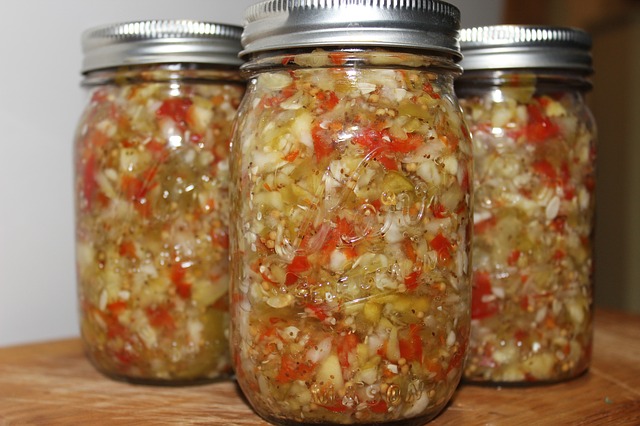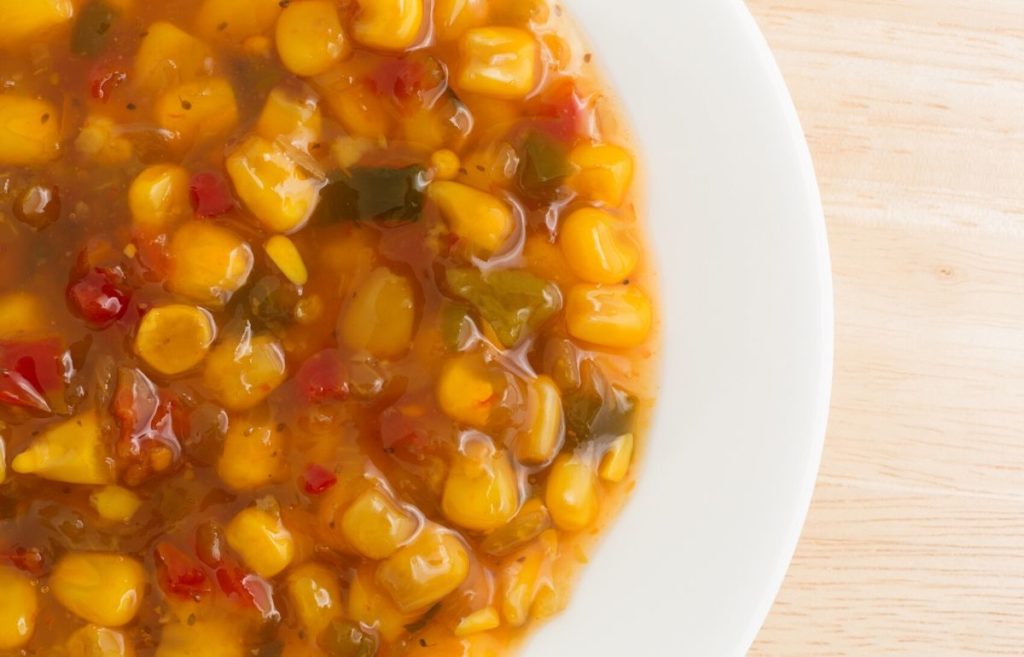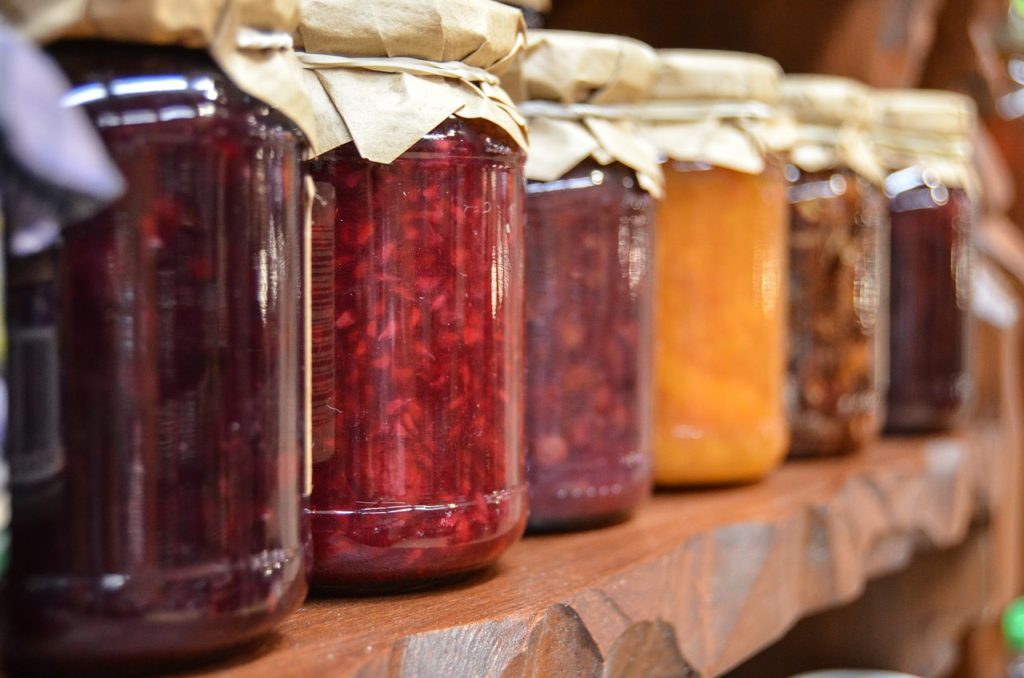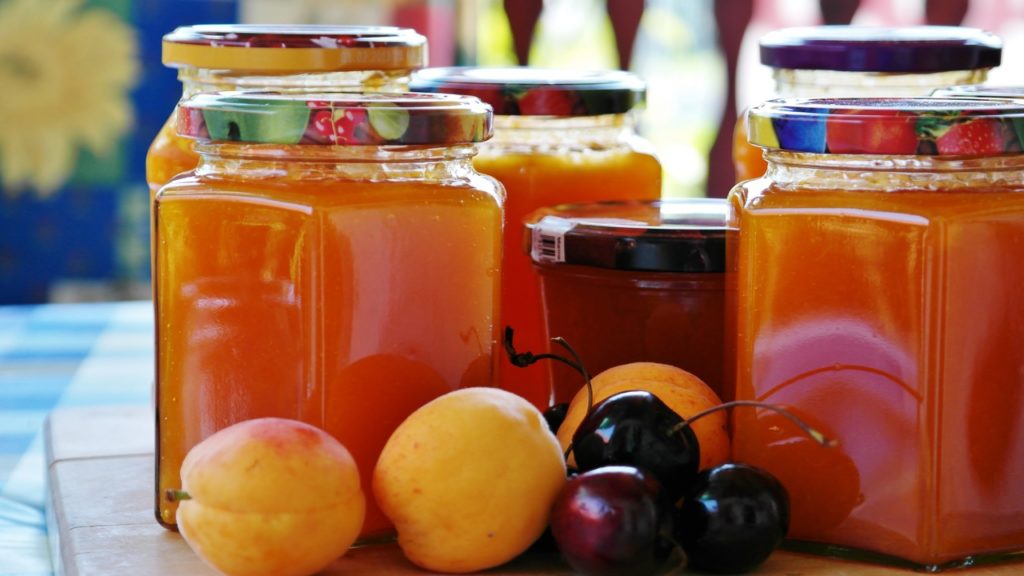There is nothing like a nice spoon of relish on a burger or as a side to meat or cheese. What is relish though?
Relish is a condiment, a preserve of vegetables and fruit in vinegar and sugar that is often served as a side to a dish. Think of other condiments like tomato ketchup or brown sauce and you would use a relish in much the same way, the only real difference is sauces are smooth and relish has lumps.
Relish, chutney, sweet pickle there are quite a few sub categories of preserves it can be confusing to know what each really is. There is also some crossover which makes things all the more confusing.
Culture, history and recipe all play a part but let’s take a look at what a relish really is.
Table of Contents
Where Does the Word Relish Come From?

The word relish is thought to originate from the word “reles” which translates to mean “leftover” or “something remaining”.
It is not until later the word gets applied to food or a meal and I suppose the meal becomes something we add relish to. To enjoy immensely.
What Goes Into Relish
Relish most often is a single or mixture of vegetables chopped into small pieces, fruit is also used and these are combined in a vinegar, sweet and spiced liquid.
Here is the most common ingredients:
Vegetables: most often relishes are made with vegetables but also frequently use fruit as well. The key thing with a relish is the vegetables are chopped into small pieces that hold their shape and texture in the finished relish.
Vinegar: All relishes need some kind of acid, most often vinegar but can include acidic fruit juices. Vinegar or acid is key to preserving the relish and keeping it shelf stable for months or more.
Sugar: To balance all the acidity sugar is used. Without sugar a relish would be just to acidic. Sugar also draws moisture out of the vegetables or fruit and helps maintain their texture.
Herbs & Spices: Flavour is boosted with herbs and spices. Garlic, chilli, spices and herbs heap on the flavour and make every spoonful of relish nice and punchy.
Thickening agents are frequently used in commercial relishes to increase the texture and body of a relish. This can sometimes be in the form of packing a lot of syrup into the relish which of course increases the sugar content which isn’t great. In some of my recipes I use cornflour which really thickens the consistency with only a spoonful added and allows much less sugar to be used.
Difference Between Relish & Chutney

At first glance there appears to be quite a lot of similarities between relish and chutney. It is true that a lot of the time the terms could be interchangeable, however, I think there are a couple of points where you may consider something a relish rather than a chutney:
Length Of Cooking
Chutneys are usually cooked down for a fair amount of time and this affects their texture and thickness. The fruits or vegetables in a chutney tend to be a lot softer and broken down because they are cooked for longer. Relish on the other hand tends to have firmer, intact pieces of vegetables and fruit and a loose texture.
Vegetables vs Fruit
Relishes tend to have a propensity towards more vegetables, think sweetcorn relish or pickle relish. Chutney tends to favour fruits as the star of the show such as mango chutney or this apple chutney.
Texture
Relish tends to have a looser texture and is not too thick whereas chutney which are often cooked for longer tend to be thicker and hold a shape when spooned out of the jar.
Is A Relish A Pickle?
In a sense a relish is a pickle but whereas pickles are usually quite large relishes tend to have vegetables that are chopped small. I like to think of relishes as more of a sauce that has small pieces of vegetable or fruit in it.
Both are preserves, check the recipe you are using for processing times and how long they are shelf stable for



